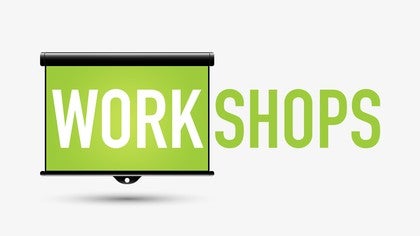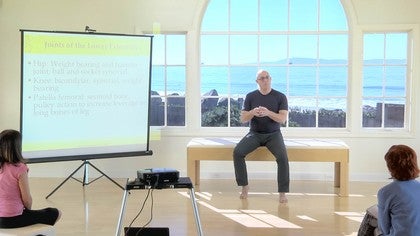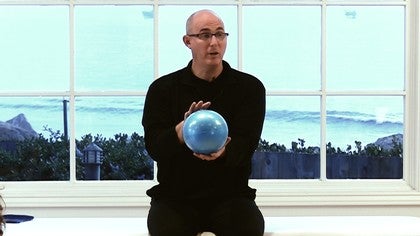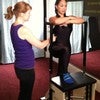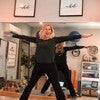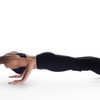Premium Continuing Education workshop
You can view a 2 minute preview. For details, scroll down below the video.
Description
Objectives To understand the alignment, and simple biomechanics of how to support the arms in weight bearing Pilates exercises; Looking at the connection of the thorax, shoulder girdle through the arm to hand; Learn how the wrist functions in weight bearing; Address common issues with weight bearing with the arms; Learn a strength progression of modified mat exercises and build into full arm supported mat and reformer exercises.
About This Video
Continuing Education Credits
If you complete this workshop, you will earn:
3.0 credits from Pilates Association Australia (PAA)
The Pilates Association Australia (PAA) is an independent and not-for-profit organization established by the Pilates industry as a regulatory body for control of quality instruction, member support, and integrity within all legitimate approaches to the Pilates Method.
Workshops: Body Pathologies and Conditions
Comments
It is the express interest of PA to offer the best in Pilates education when we can. I'm sorry we cannot do it as part of the $18 a month subscription fee. We hoped that $69.00 with unlimited access to view it, for as long as we are in business would, suffice for those who could not travel to see Madeline in person.
For those who chose not to view Madeline's workshop, we made sure they could still get to know her by offering several of her classes, including a few that were offered in her workshop, as part of the membership fee. Click here if you haven't had the chance to see them.
${"link_type":"url", "url_id":"730", "url":"//www.pilatesanytime.com/ins tructor-bio/24/Madeline-Black-Pilat es-Teacher", "title":"Madeline Black's classes on PA"

You need to be a subscriber to post a comment.
Please Log In or Create an Account to start your free trial.
